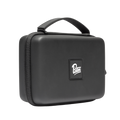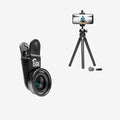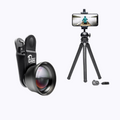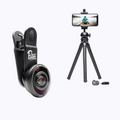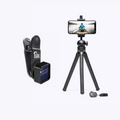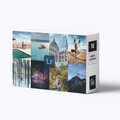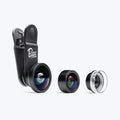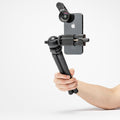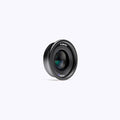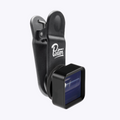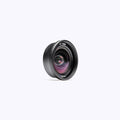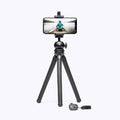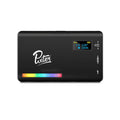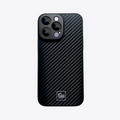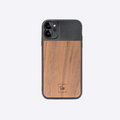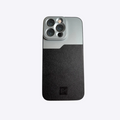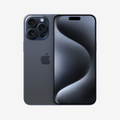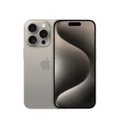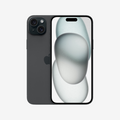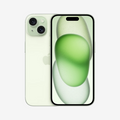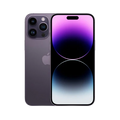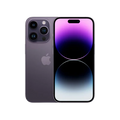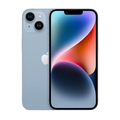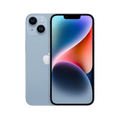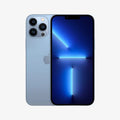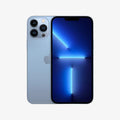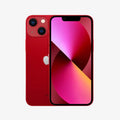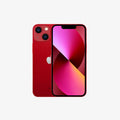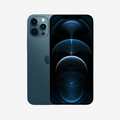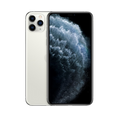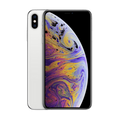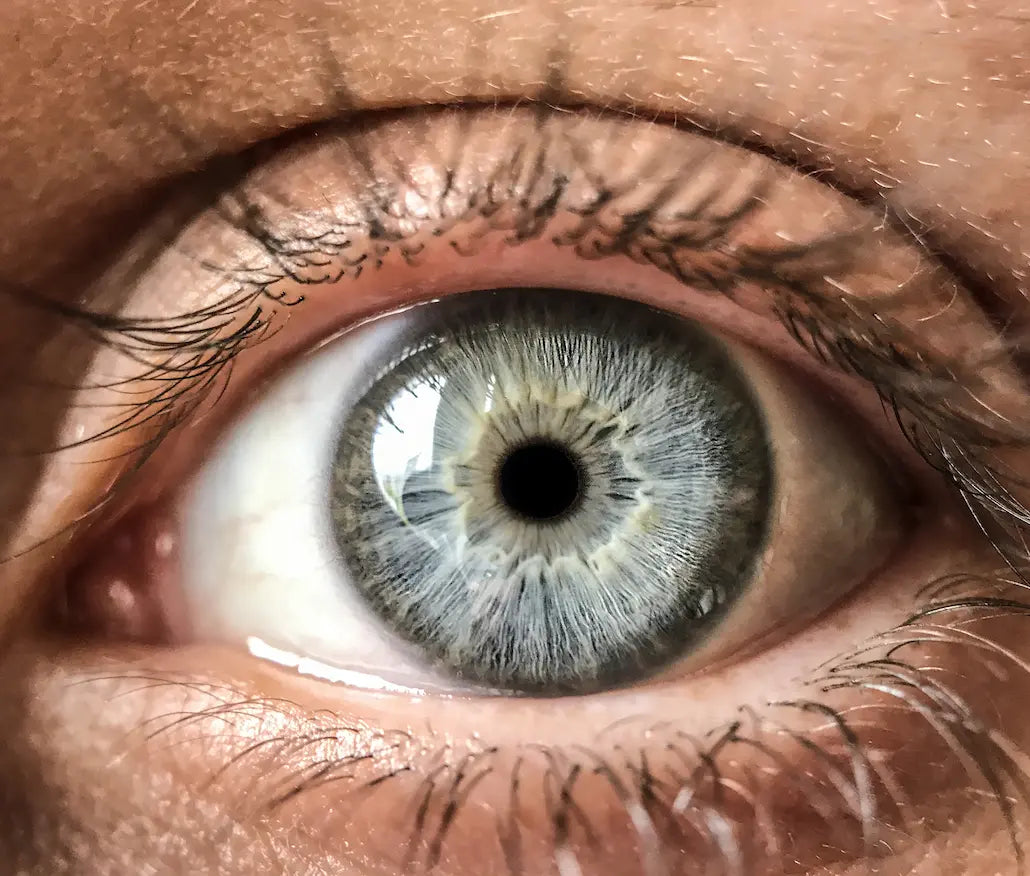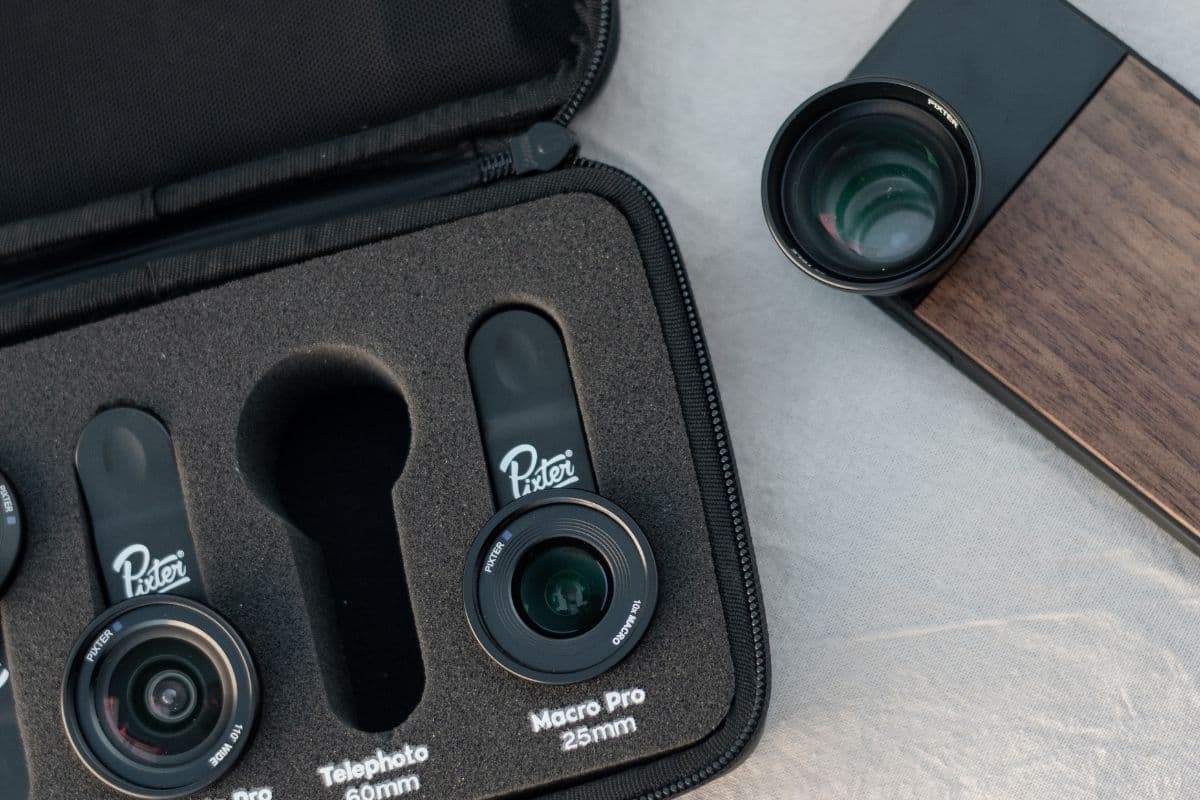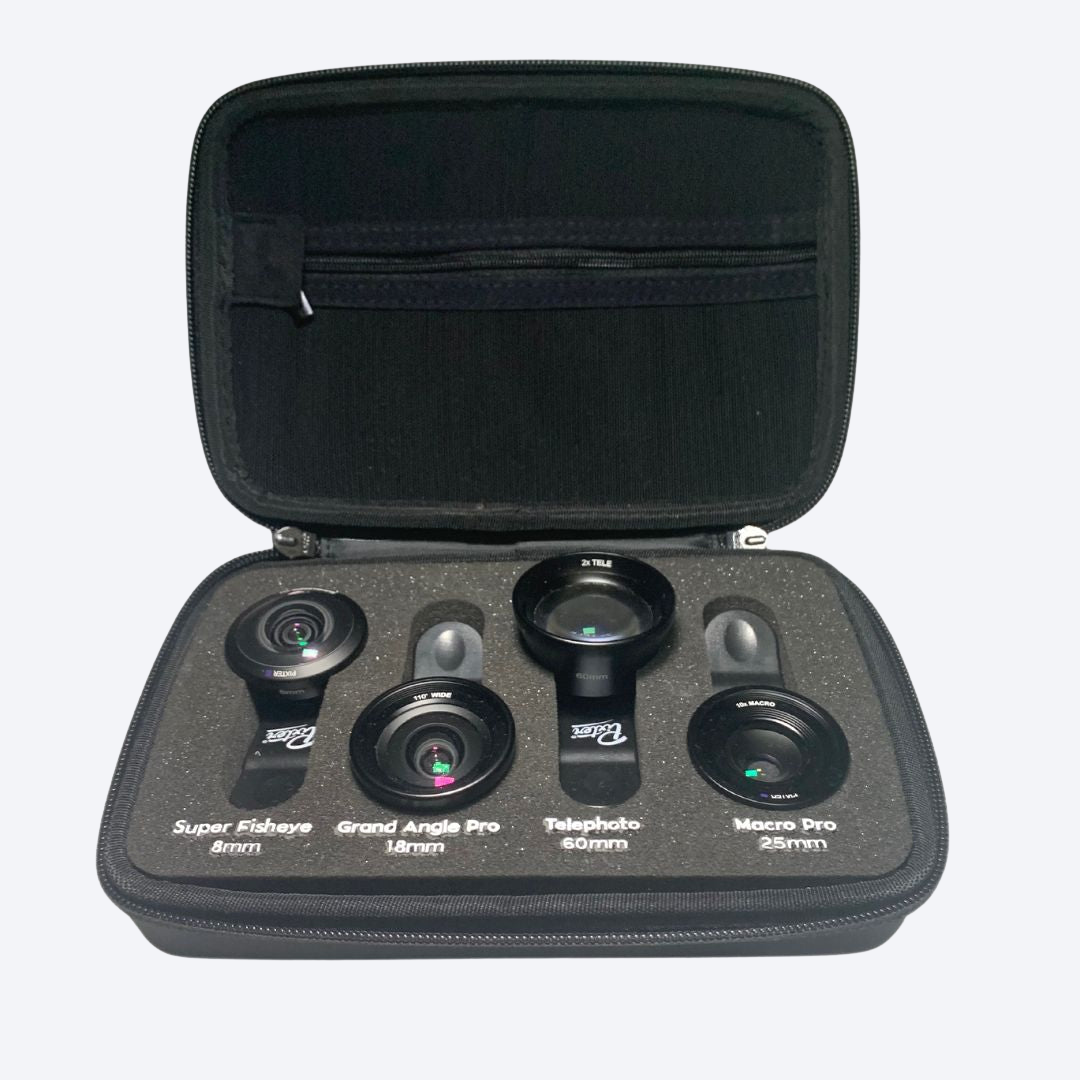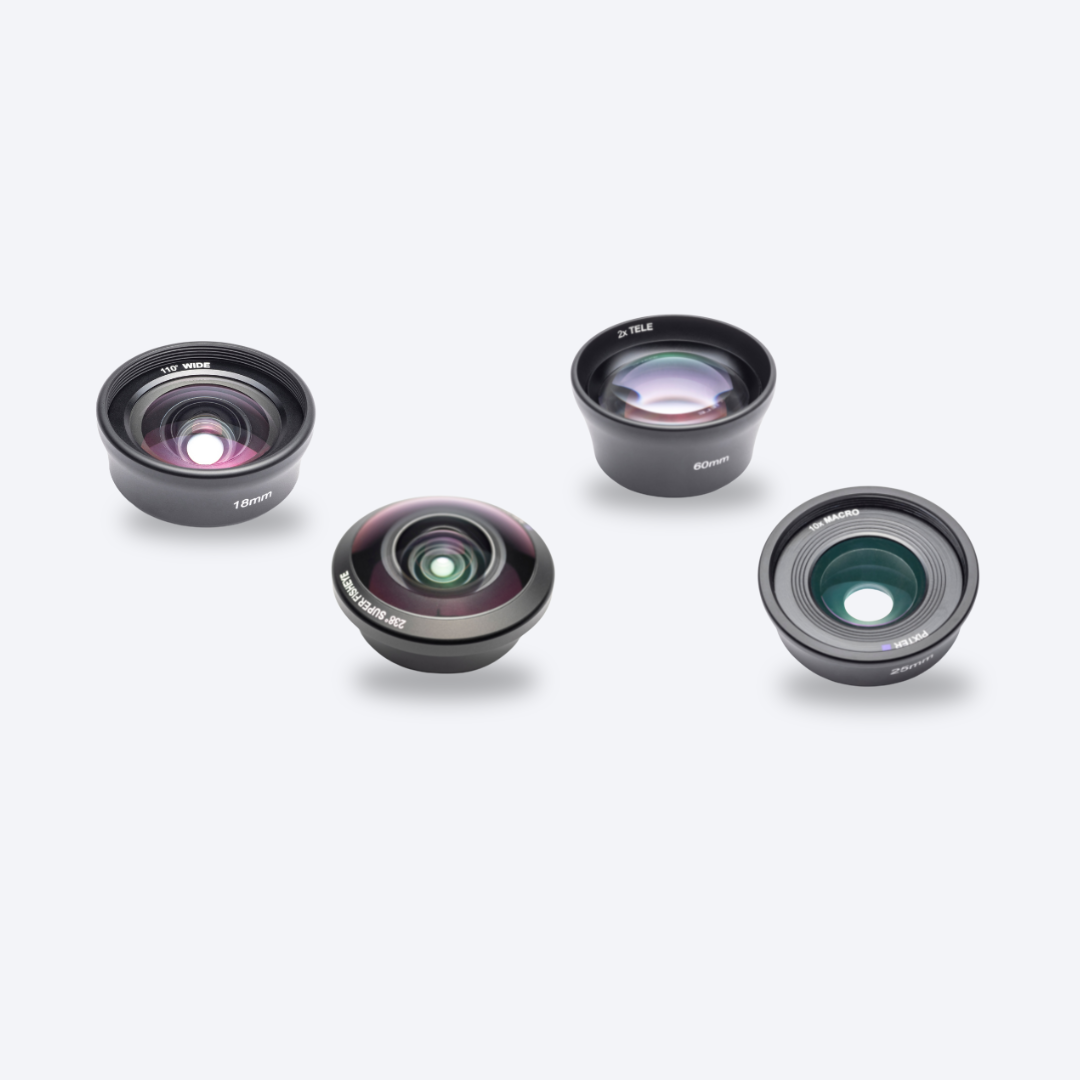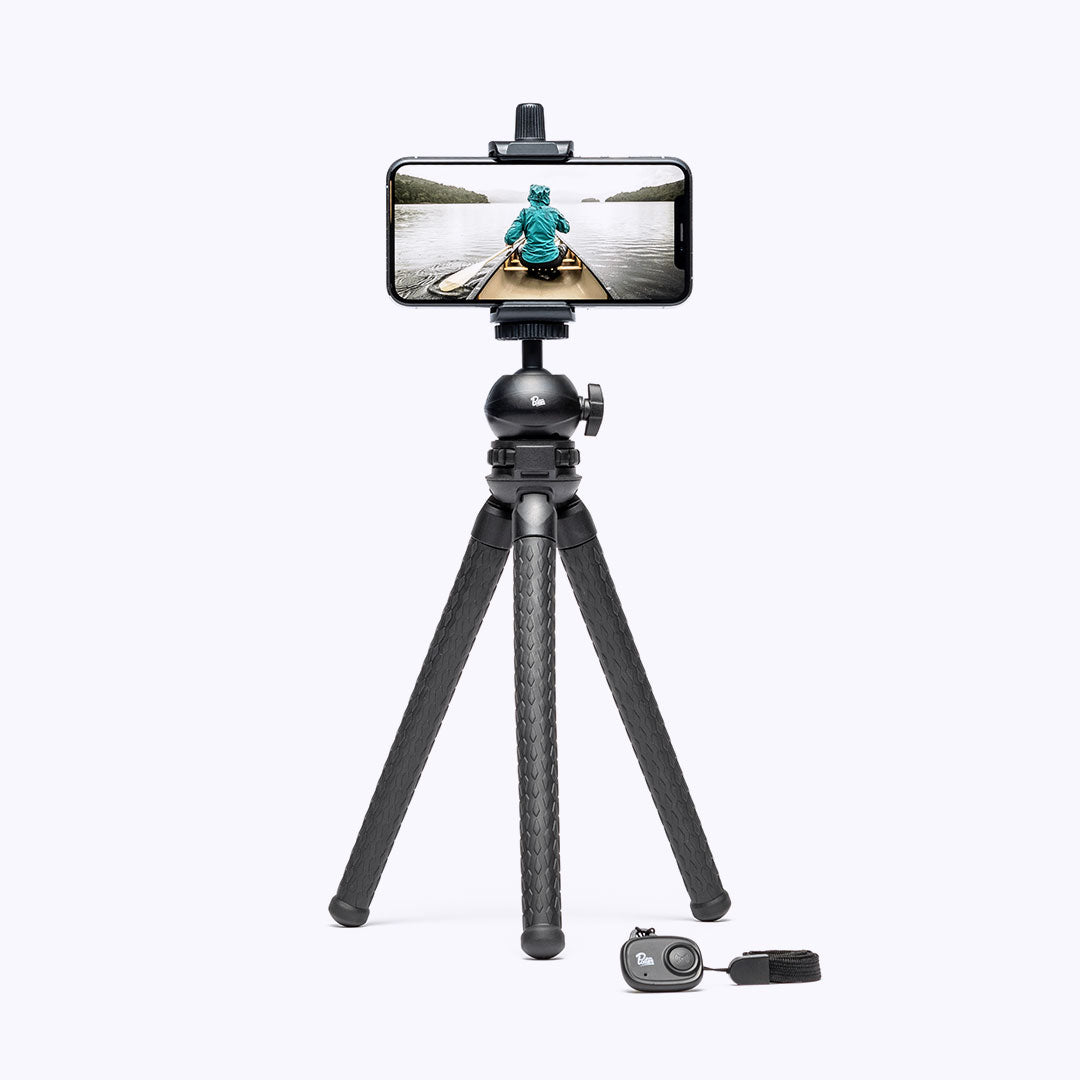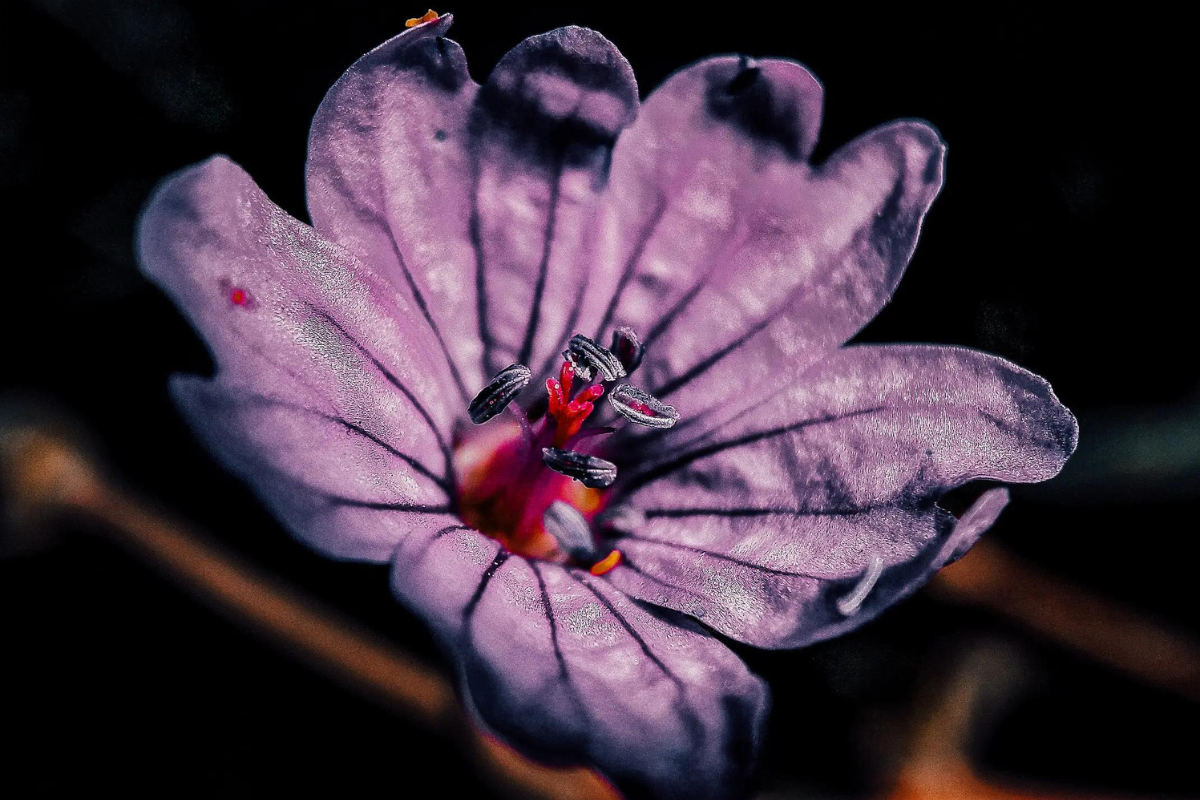Travel photography is an exciting activity for photography enthusiasts and professionals.
However, to get the most out of your smartphone as a camera, it is necessary to use suitable photo accessories. In this article, we will introduce you to the best smartphone accessories for travel photography.
How to take better quality photos?
The first photo accessory we recommend is the smartphone lens. Smartphone lenses are practical accessories that easily attach to your cell phone camera. They allow you to capture professional quality images with your smartphone. They are compatible with all brands of smartphones, whether you have a Samsung or a Google Pixel, the lens will attach in the same way.
The most useful smartphone lenses for traveling, according to the Pixter community, are telephoto lenses and wide-angle lenses.
The Pixter Telephoto Pro-2 lets you zoom in up to 2.5x on a subject at a distance, while the wide-angle lenses let you take wider photos, ideal for landscapes. Simply place it with the clip or screw it directly onto your Pixter case and shoot!
But why should I buy a lens for my smartphone when it already has a wide angle and a telephoto lens?
It is important to note that on iPhones, the main camera offers the best performance in terms of image quality. However, when you switch to portrait mode or x0.5, the iPhone automatically switches to a lower quality secondary sensor. In addition, smartphones use digital image processing using algorithms, which makes bokeh unclear, especially on fine details such as hair, fur or plants.
This is where Pixter smartphone lenses come in and make a difference. Each Pixter lens fits over your smartphone's main camera, meaning you can enjoy telephoto or wide-angle functionality while retaining the benefits and quality of the main sensor. In addition, unlike smartphones, the Pixter Pro-2 Telephoto Lens offers high-quality optical zoom. Indeed, the x2.5 zoom provides a more aesthetic and realistic bokeh.
At Pixter, we offer a wide range of smartphone lenses with a focal range from 8mm to 60mm, compatible with all smartphones.
Don't leave without a tripod!
The flexible tripod is another essential photo accessory for travel photographers. With a flexible tripod, you can easily stabilize your smartphone to capture clear and sharp images. Flexible tripods are also very handy for shooting in low light or night mode.
At Pixter, we offer a universal flexible tripod, compatible with all smartphones. It allows you to place your smartphone in the desired position to take photos in complete stability thanks to its 360° rotating head and flexible feet. Additionally, our flexible tripod is very lightweight and easy to carry, making it a perfect travel accessory for photographers on the go.
It is sold with a Bluetooth remote control which allows you to take photos remotely, very useful if you are alone!
And for more comfort, opt for a cord
In addition to smartphone lenses, Pixter also offers smartphone cords that bring both freedom and elegance to your photo shoots. The lanyards are compatible with all smartphones and allow you to keep your phone within reach while keeping your hands free for taking photos.
They are made of premium quality materials to ensure high durability and an elegant appearance. Pixter cords are available in different styles and colors to suit your fashion and photography needs. With a Pixter cord, you're sure to never miss a photo and capture every precious moment of your travels.
Smartphone lenses and flexible tripods are essential photo accessories for travel photographers. Smartphone lenses allow you to capture professional-quality images, while flexible tripods allow you to stabilize your smartphone for clear, sharp images.
If you already own a Pixter lens from an older range, take a look at our comparison page to find out the advantages of the Pro-2 range!

